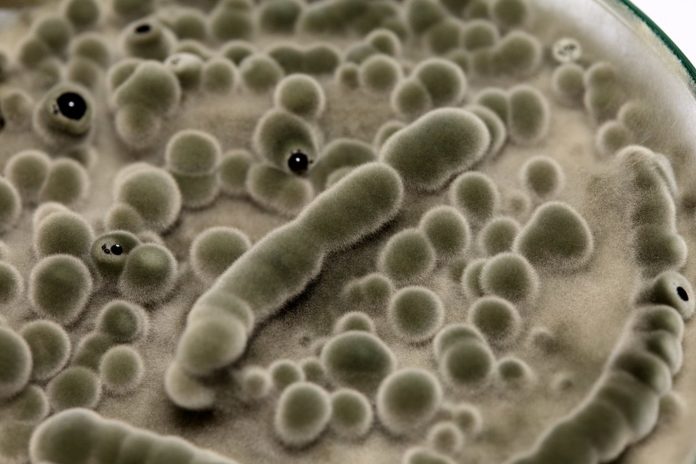Researchers show that procedures used to contain Candida auris infection in an animal facility can potentially be applied to healthcare facilities
New research show that procedures used to contain Candida auris infection in an animal facility can potentially be applied to hospitals and nursing homes to limit its spread.
Findings were published in the Journal of Occupational and Environmental Health. According to the Centers for Disease Control and Prevention (CDC) Atlanta: “Candida auris is an emerging fungus that presents a serious global health threat. C. auris causes severe illness in hospitalized patients in several countries, including the United States.”
Researchers have identified four simple rules that can potentially be adopted by healthcare facilities to limit exposure to staff and patients. The study found that their double personal protective equipment (PPE), work ‘buddy’ system, disinfection and biomonitoring protocols were effective at containing high levels of C. auris infection within their animal facility, even six months after their experiments.
The study found that their double personal protective equipment (PPE), work ‘buddy’ system, disinfection and biomonitoring protocols were effective at containing high levels of C. auris infection within their animal facility, even six months after their experiments
“C. auris is a drug resistant, transmissible pathogen, and because it is newly emerging, better animal models are needed to understand the pathogenesis of the disease,” said Dr. Magdia De Jesus, Assistant Professor at the University at Albany, State University of New York, who supervised the study. “C. auris is a serious drug resistant organism. Working together we can help minimise its spread in healthcare settings and prevent skin colonization.”
This study was intended to develop a standard operating procedure to keep researchers and animal care staff safe.
The researchers inoculated mice with 105 to 108 C. auris cells and set up a workflow of protocols to contain the infection involving four main elements: PPE, a buddy system, disinfection and biomonitoring of surfaces.
Despite the mice being clearly infected, all the surfaces researchers tested were negative for C. auris infection Researchers suggest that their procedures can contain the infection, even six to 12 months after more than 20 experiments were conducted with high inoculums.
The research team identified four simple rules which they believe can prevent the spread of C. auris in most situations. Facilities should develop a PPE system where healthcare workers wear double gloves, gowns and booties, with appropriate receptacles placed inside and outside a patient’s room for donning and removal of PPE; a 10% bleach, for five-minutes, followed by 70% ethanol disinfection protocol; a buddy system where one staff member watches that the patient-care worker is following procedures and to hand over supplies; and finally, regular swab-testing to ensure surfaces are cleaned effectively.
Overall, the study found that these four steps (PPE, buddy system, disinfection, biomonitoring) contained the high levels of C. auris infection during their mouse model testing, and these procedures are potentially transferable to hospitals and nursing homes to protect staff and patients and limit further spread of the infection.


